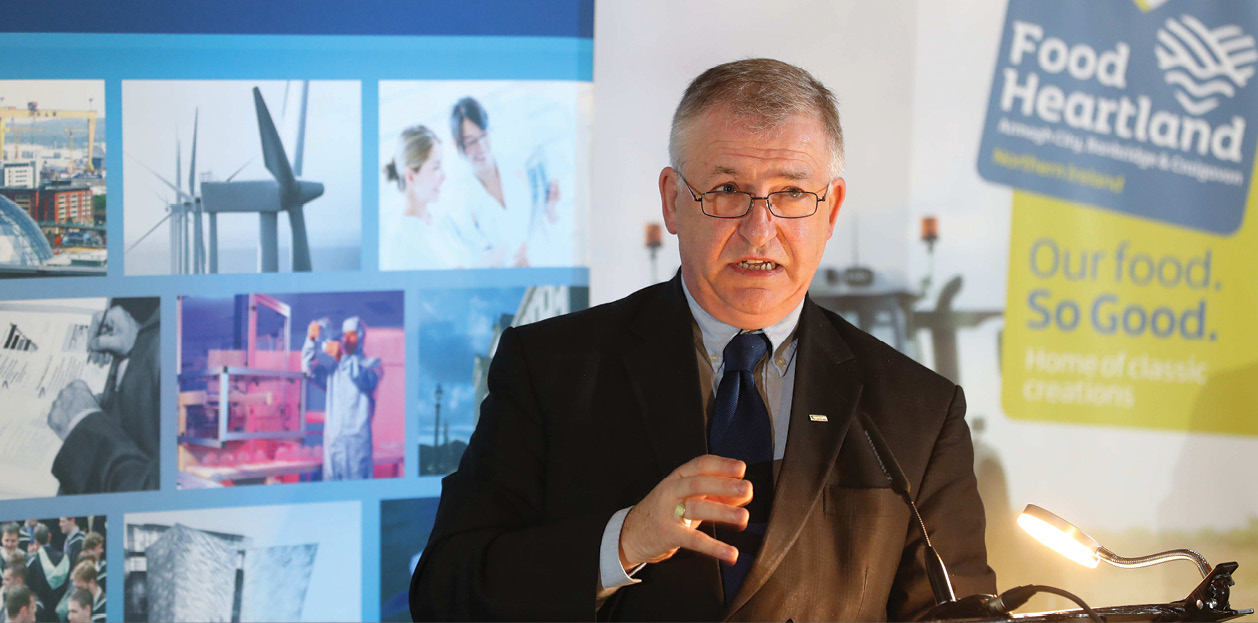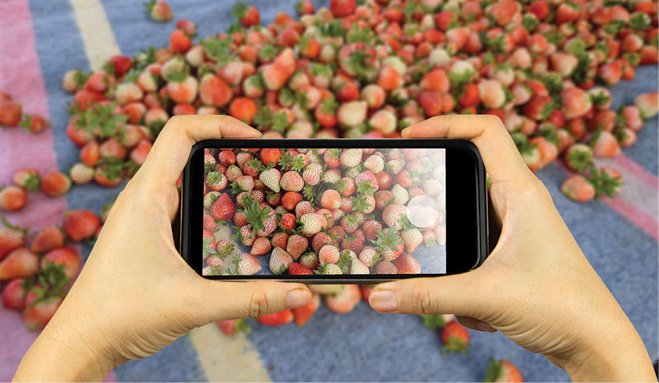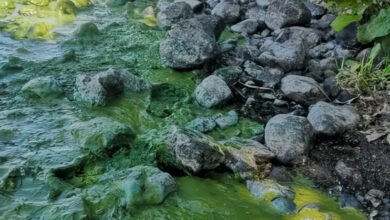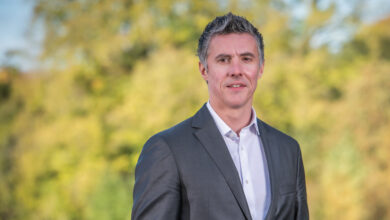Smart agriculture


Teagasc Director, Professor Gerry Boyle discusses the acceleration and expansion of technology in mitigating the challenges facing Ireland’s agri-food sector.
Precision agriculture brings together information from field, animal and machinery based sensors, together with localised weather forecast data, localised soil information and grass growth data gleaned from satellite imagery to assist farmers in making precise decisions in relation to inputs, technologies and management practices.
“By enabling better targeting of inputs and resources, smart agriculture can increase both a farmer’s bottom line and improve the environment,” says Teagasc’s Boyle.
Speaking about the final report of the Teagasc Technology Foresight Project, which was published during the spring of 2016, he adds: “The pace of new technology adoption is accelerating and progress is happening across a broad spectrum of technologies. New tools will enable the agricultural sector to better tackle the challenges of climate change, and wider sustainability concerns while promising enhanced living standards and quality of life for sectoral players.”
According to Boyle, five technology themes have been identified as being the priorities for Irish research and innovation in the coming years:
- plant and animal genomics;
- human, animal and soil microbiota;
- new digital options;
- new technologies for food processing; and
- a transformation in the food value chain system.
He adds: “All of the evidence points, not alone to the continuation along the path of extensive technologically-driven change, but indeed to an acceleration of the pace of technology-driven change over the next 20 years.
“The rate of change in many new areas of technology and resulting innovation is exponential rather than linear. It is safe to conclude that the pace of new technology adoption is also accelerating and progress is happening across a much broader spectrum of technologies.
The technical foundation for this on-going flow of innovation in large part derives from powerful developments in the fields of digital and genetic knowledge. The exploration and manipulation of these two building blocks are likely to open up great opportunities for both tool-builders and users.
“There seems to be a strong virtuous circle between better information and higher performance tools, as each insight provided by digital computation or genetic mapping leads to new ideas about how to design and use technology. Rapidly emerging new digital technologies, synthetic biology, nanotechnology, among others, will impact almost every sector of the global economy including the most important component of Ireland’s agri-food sectors.”
Boyle says that new tools will enable the agricultural sector to better tackle the challenges of climate change and wider sustainability concerns while promising enhanced living standards and quality of life for sectoral players.
“This is the main message of the 2035 Foresight Report. It presents a positive vision for Irish farming, food processing and the rural economy based on more productive, profitable and sustainable primary production; greater added value in the food processing sector built on innovative responses to rapidly changing consumer demands; and new economic opportunities in the rural economy based on the efficient use of waste and the extraction of biological raw materials in a circular bioeconomy.”
While the report identifies strongly with the promise of new science and technology, it also makes clear that there are several risks attendant on the anticipated technological innovations.
“The technical feasibility of new techniques must be promoted in an overall context that assesses risks and benefits, that takes into account all relevant economic and social safeguards and is fully cognisant of the consumer, not as a passive recipient of all new technologies, but as an active participant in decision-making regarding processes and ingredients used to create food,” adds Boyle.

According to Boyle, Irish agriculture will have to adapt to direct consequences of climate change such as higher average temperatures, more extreme weather events and increased incidences of flooding and crop loss, as well as new plant and animal disease threats. The latter challenge is compounded by the increasing scarcity of appropriate control measures against consistently evolving pathogens and pests.
“It is in this context that the long-term future of Irish agriculture and food must be considered. The new industry-led strategy launched in 2015, entitled Food Wise 2025, sets out ambitious growth targets while acknowledging the need to deal with many challenges.
“The continuous development and application of new technologies will be crucial to the realisation of these ambitions. Not only are new technologies needed to increase the productivity and competitiveness of Irish agri-food enterprises, they must also enable all actors of agri-food and bioeconomy value chains to play their part in protecting the environment and mitigating and adapting to climate change.”
In addition, technology will enable Ireland to demonstrate compliance with its legally binding obligations to protect the natural capital and reinforce its position as a clean-green producer.
“Harnessing this transformation will not only enable ambitious increases in the export of world-class agricultural produce, but will also drive the completion of a dynamic circular bioeconomy, creating new jobs and new opportunities,” adds Boyle.
“It will also help to increase profitability throughout agri-food value chains. It will drive exports of smart knowledge-based data-driven services, developed by Irish service providers, to markets in Europe and across the globe. The big challenge now is to identify which new areas of technology truly matter for the future productivity and sustainability of the sector. Our focus is on those, which when embedded in our existing research and knowledge transfer programmes, will have the greatest potential for economic impact and transformation by 2035 and for addressing key challenges such as the reduction of greenhouse gas emissions from our livestock sector.”
Boyle specifically references the role which will be played by the recently developed Carbon Navigator scheme. This will help Irish agriculture meet its global warming commitments over the coming years.
“The initiative allows for the collection of information on-farm and then uses this to assess the performance of the farm against peers,” he says. “It rates performance from poor to excellent. The Carbon Navigator estimates the percentage reduction in enterprise greenhouse gas emissions that will result from the achievement of the targets which are set. While the individual amounts for each measure may seem very small the overall impact can be very significant.”
Boyle adds: “Sustainable production is becoming a key part of the business strategies of leading supermarkets, foodservice customers and manufacturers. This has seen them set out five to 10 year plans with ambitious improvement targets. Such customers are heavily dependent on their suppliers to achieve many of these targets. This offers opportunities for suppliers with strong sustainability credentials. Ireland is very well placed in this regard.
“We enjoy a strong international reputation as a source of natural, high quality food in the marketplace.”
He concluded: “Teagasc is currently working with its partners and stakeholders to develop long-term research and knowledge transfer programmes which reflect the five priority areas of technology identified. The ‘smart farming ecosystem’ of the future will involve a complex range of players in the public and private sectors.
“Partnering and collaboration are needed more than ever to understand and integrate the diverse new sources of knowledge and data that will drive new services, systems and management practices. These will enable growth based on sustainable intensification, while addressing the policy and regulatory issues that will arise, in addition to the concerns of consumers and citizens in Ireland and its export markets.”





